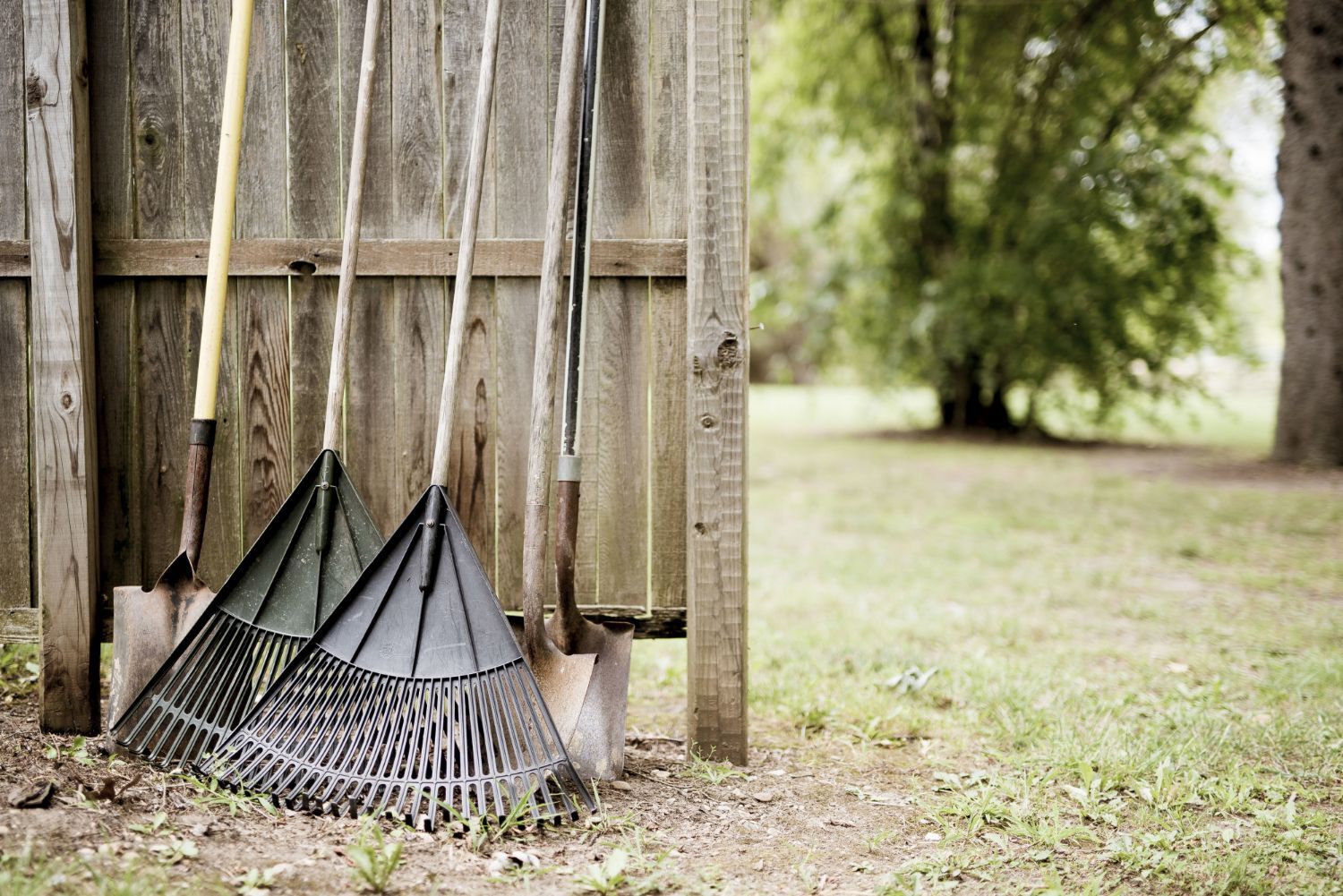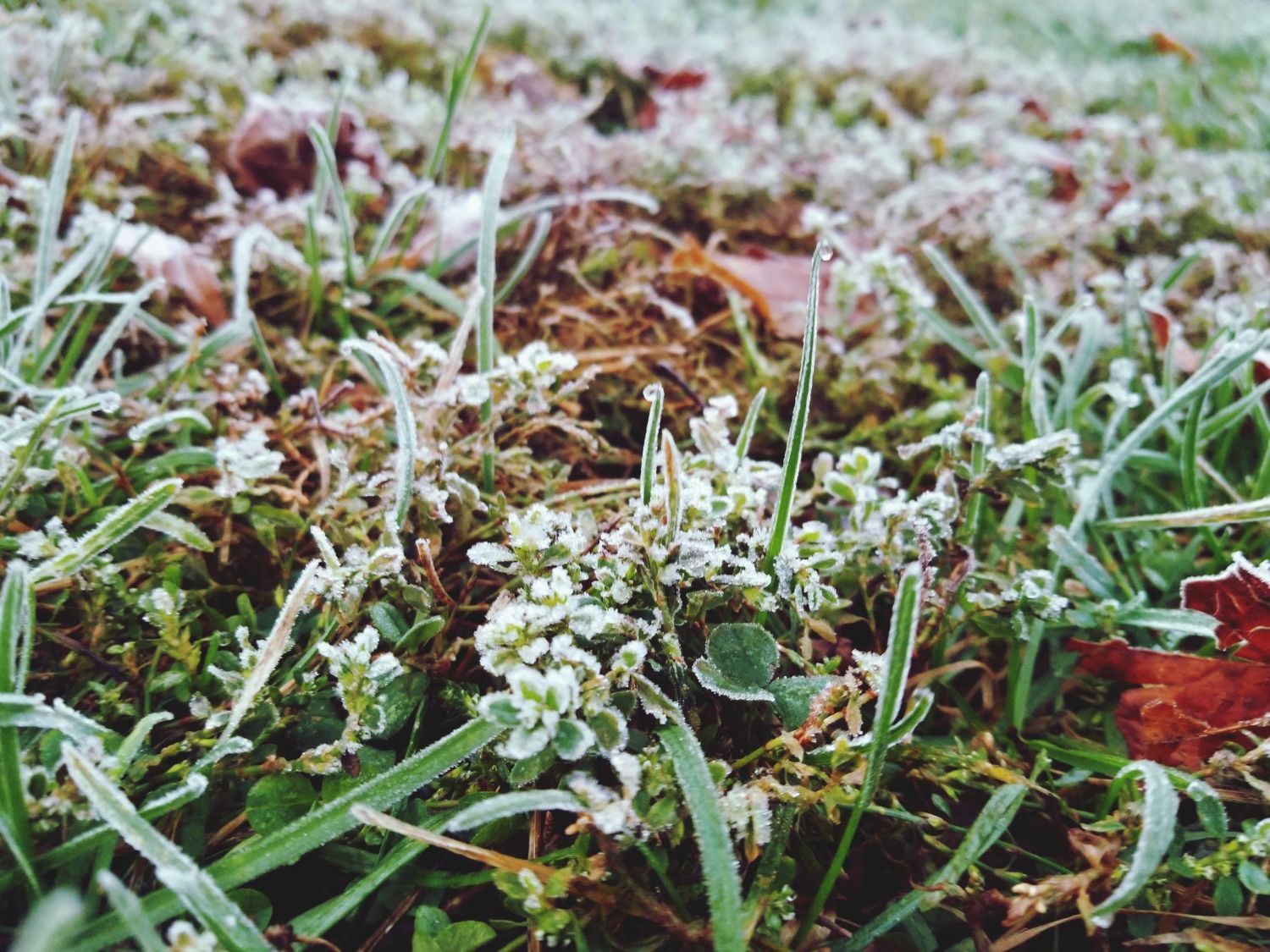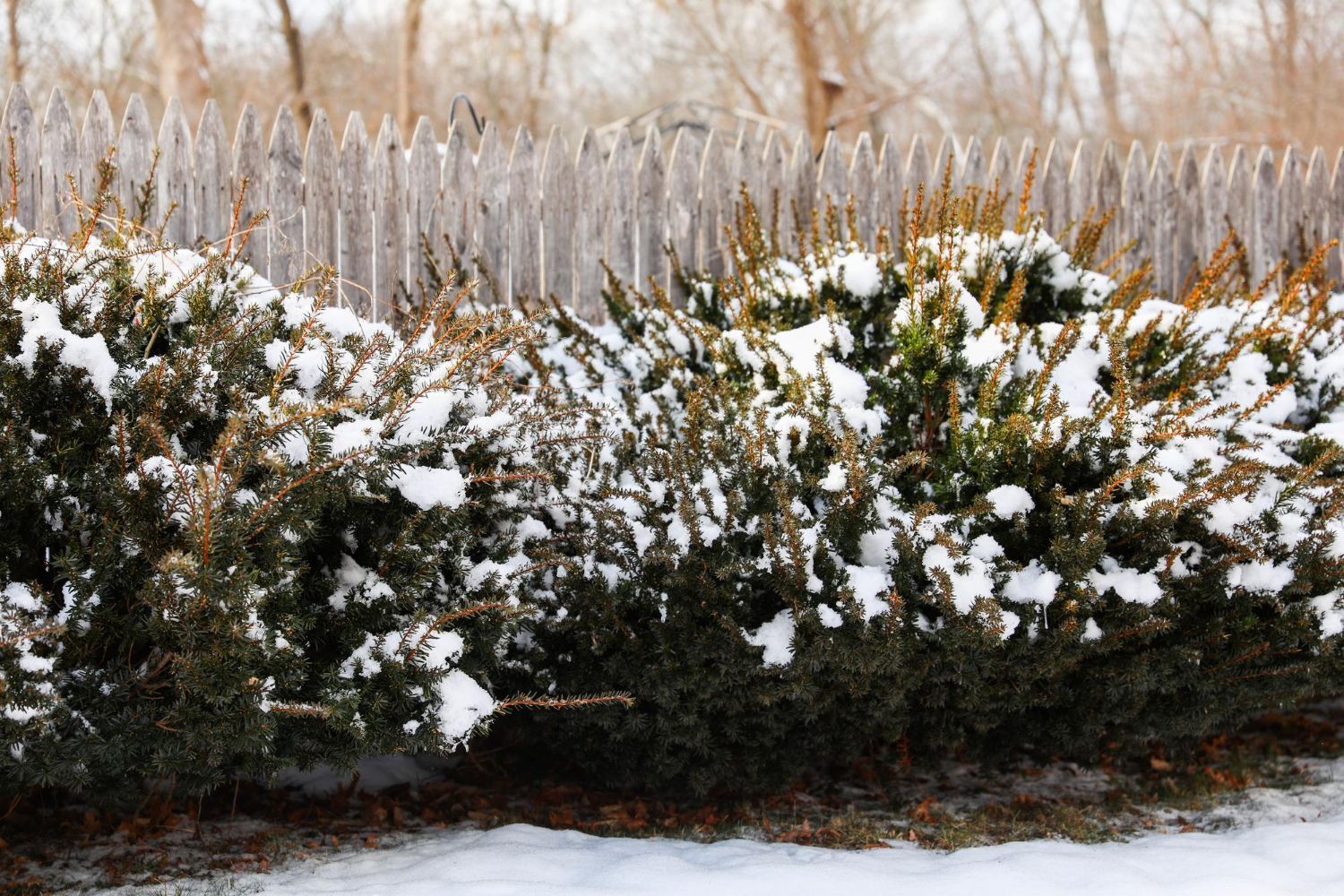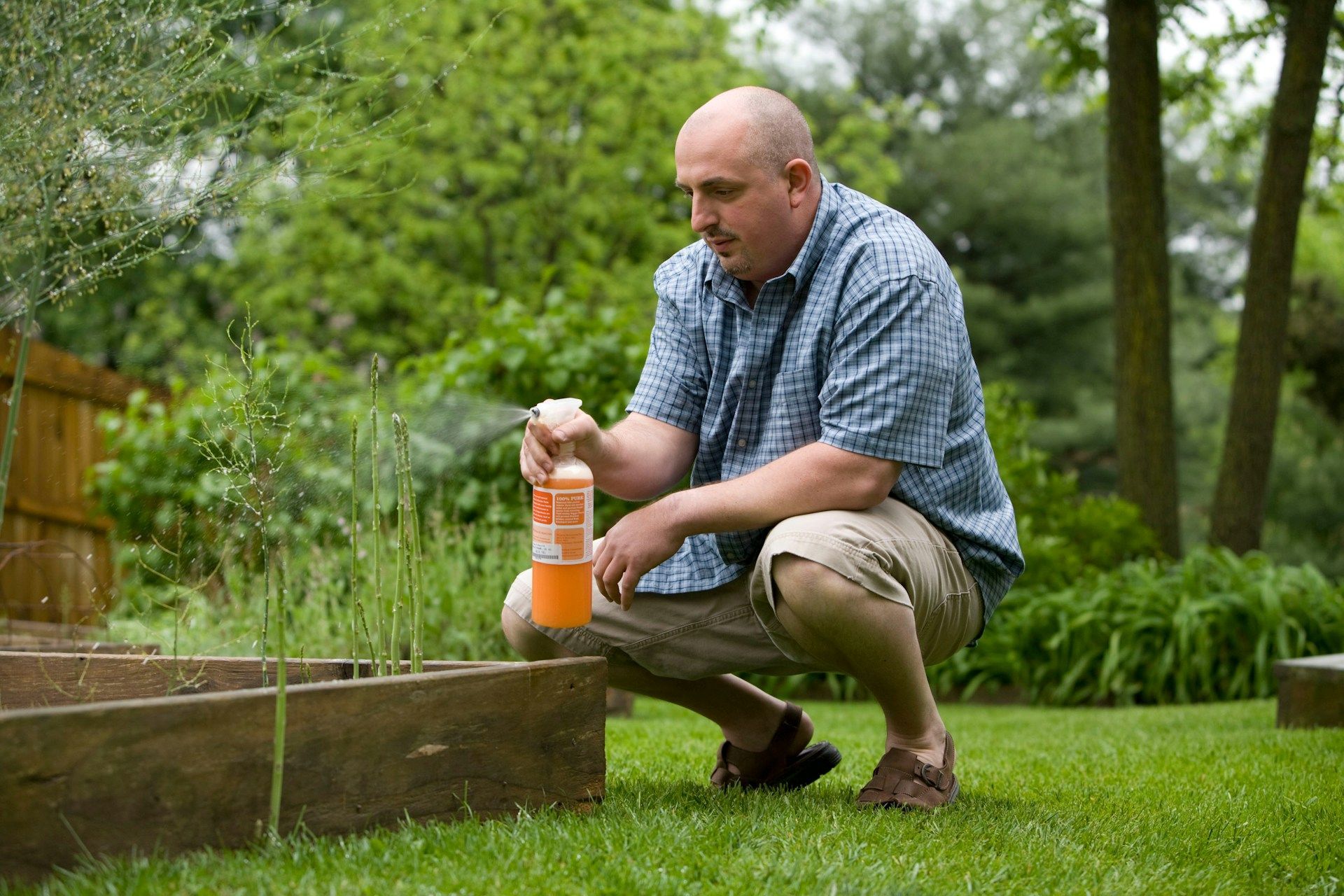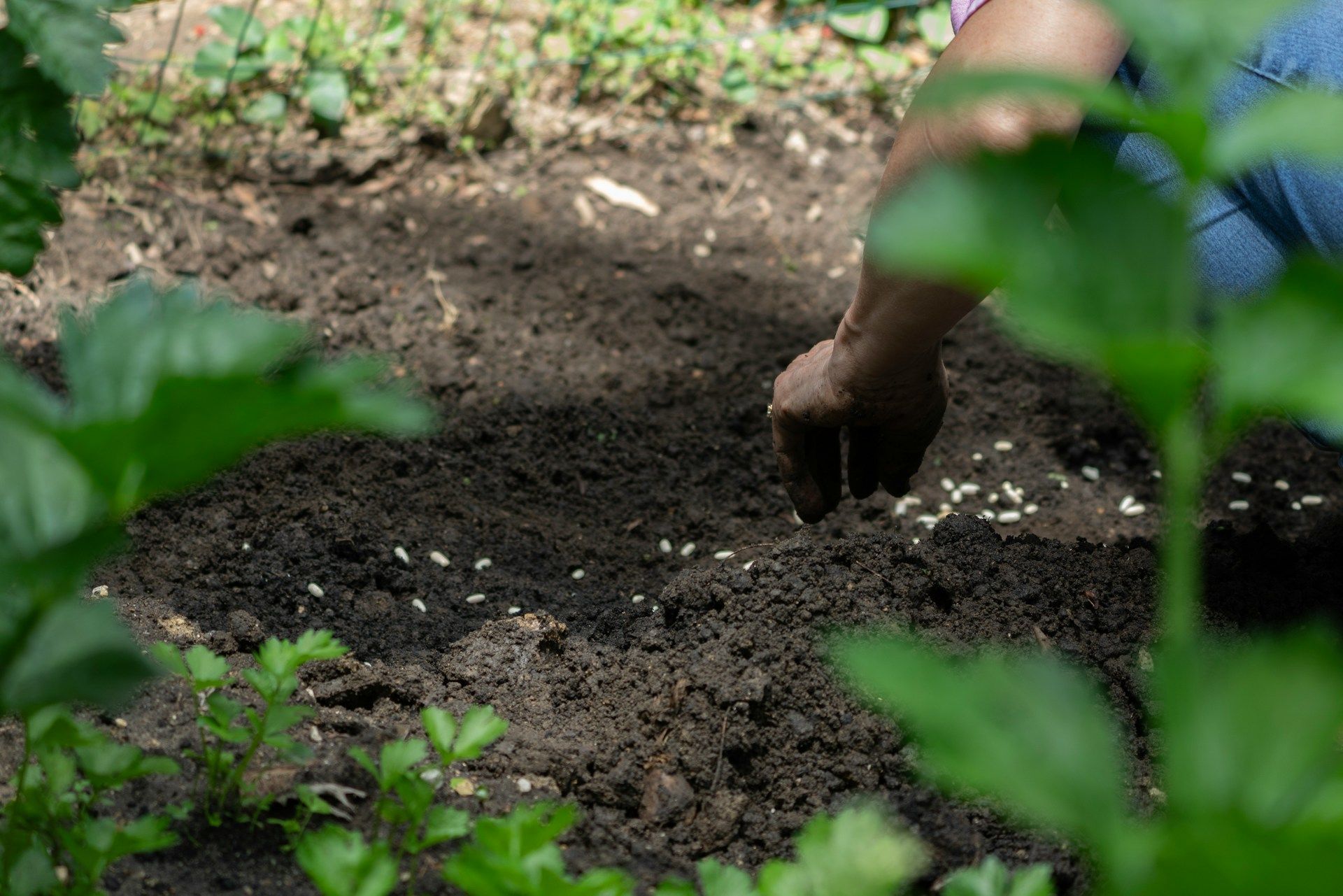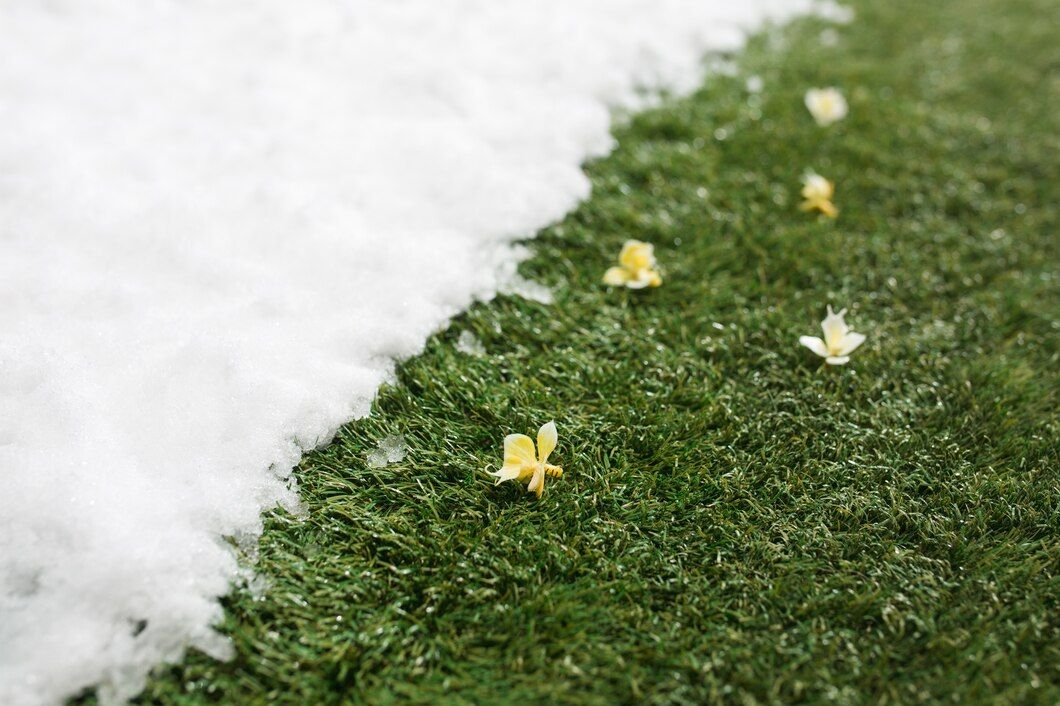What Our Customers Are Saying
How to Keep Your Yard Clean During Winter
Keeping your yard clean during winter is essential for ensuring a healthy and vibrant landscape come spring. Many homeowners might think that lawn care takes a backseat in the colder months, but ongoing maintenance makes a huge difference. The secret lies in knowing which tasks require attention and performing them diligently.
Proactive Debris Management
Managing debris during winter is crucial for maintaining a clean yard. Fallen leaves and twigs not only create a messy appearance, but they can also cause damage if left unattended. They can create damp patches when they pile up, leading to mold growth and inviting unwanted pests.
To keep your yard neat, establish a routine for debris removal:
1. Regular Raking and Blowing: Remove fallen leaves frequently using a rake or blower. Regularly clearing the ground prevents large accumulations.
2. Composting Leaves: Instead of discarding the leaves, consider composting them. This process turns debris into valuable nutrients that can be used in your garden.
3. Bagging and Disposal: For leaves and branches that can't be composted, ensure they're bagged and disposed of properly.
Beyond the garden, don't forget about your gutters and drains. Blocked gutters can lead to water overflow or ice build-up, risking structural damage. Ensure gutters and drains are clear, allowing for proper water flow and reducing the risk of ice dams during cold spells.
Seasonal Plant Care
As winter sets in, giving extra attention to your plants ensures they survive the harsh weather. Begin by preparing trees and shrubs. Pruning dead or overgrown branches decreases weight, helps prevent breakage during heavy snowfall, and encourages healthy growth in spring. Mulching the base of trees and shrubs aids in insulation and moisture retention, which are crucial during cold spells.
Protecting sensitive plants is vital. Consider these steps:
- Covering Delicate Plants: Use frost blankets or cloth to cover sensitive plants during freezing nights, safeguarding them from frost damage.
- Choosing Appropriate Plants: Plant winter-hardy species that can withstand the colder climate, reducing the need for additional protection.
- Relocating Potted Plants: Move potted plants indoors or to a sheltered spot outside to protect them from severe freezes.
Regularly inspect your plants for signs of distress or disease, addressing issues promptly to maintain their health. By following these practices, even your most delicate plants can breeze through winter and burst back into life as spring approaches.
Pest and Disease Prevention
Winter doesn't signal a rest from pests and diseases. In fact, some pests become more noticeable as they seek shelter and food, posing risks to your yard's health. Common winter pests like mice, voles, and certain insects can wreak havoc in your garden. Identifying these pests early helps protect your plants from damage.
Use these strategies to keep pests at bay:
- Regular Inspections: Check garden beds and plant bases frequently for signs of pests or their burrows and damage.
- Natural Predators: Encourage the presence of birds and beneficial insects that can naturally control pest populations.
- Safe Treatments: Apply environmentally friendly pest control treatments that won't harm your plants or soil.
In addition to pests, diseases can spread during winter, primarily due to humidity and lack of air circulation. To guard against diseases:
- Prune Carefully: Remove any diseased plant parts promptly to prevent spread.
- Improve Ventilation: Ensure plants have adequate spacing for air circulation, reducing mold and mildew growth.
Implementing these preventive measures helps protect your garden, ensuring your plants remain healthy through winter challenges.
Soil and Lawn Maintenance
Winter lawn maintenance focuses on preparing your soil to remain fertile and your lawn to survive the colder months. One effective technique is winter aeration, which involves perforating the soil with small holes to allow air, nutrients, and water to reach the roots more easily. This process helps roots grow deeply and produce a stronger lawn, ready to bounce back in spring.
Another key aspect is utilizing mulch. Mulch acts as a protective layer over the soil, keeping it insulated and reducing moisture loss. Using organic mulch such as wood chips or leaves not only protects but also enriches the soil as it breaks down.
For best results, follow these tips:
- Mulch in Layers: Apply mulch evenly, about 2-3 inches thick, to buffer soil temperatures and retain moisture.
- Aeration Timing: Perform aeration when the soil is soft, making it more effective in helping nutrients reach deep into the ground.
By focusing on soil health and meticulous lawn care during winter, you're setting the stage for a lush, green space when the temperatures rise.
Conclusion
Maintaining your yard through the winter months demands extra attention and effort, but it's worth it for a vibrant and healthy outdoor space. By effectively managing debris, ensuring proper plant care, preventing pests, and maintaining soil health, you create a robust environment that supports growth throughout the year. Each task contributes to the yard's resilience, preparing it for the seasonal transitions ahead.
Want to simplify your yard's winter care? Healthy Lawn can help you achieve a pristine yard all year long. Our expert services cover everything from lawn maintenance to pest control, ensuring your yard stays healthy and beautiful through every season. Reach out to us for comprehensive
NJ lawn care services, and let us help keep your outdoor space in perfect shape, regardless of the weather's challenges!



